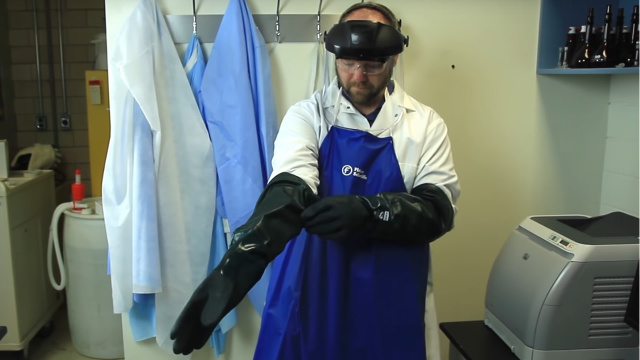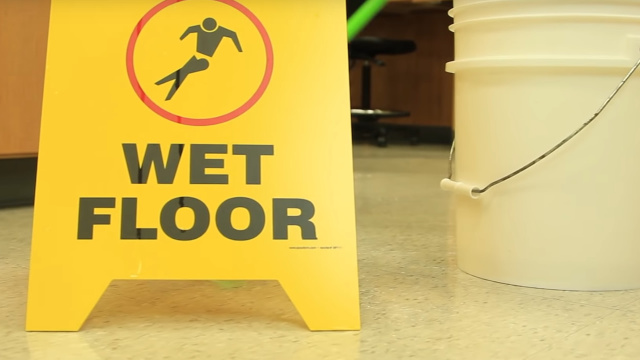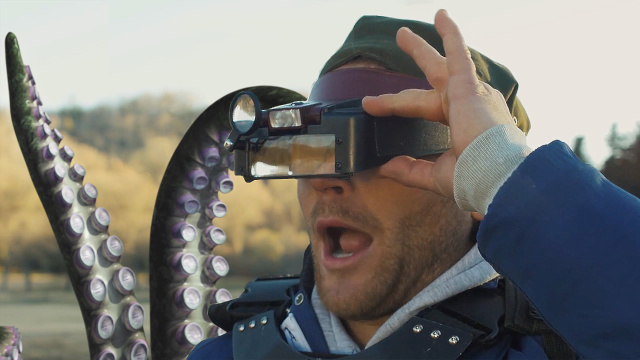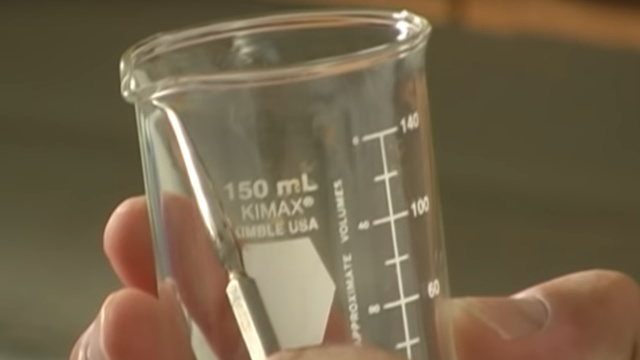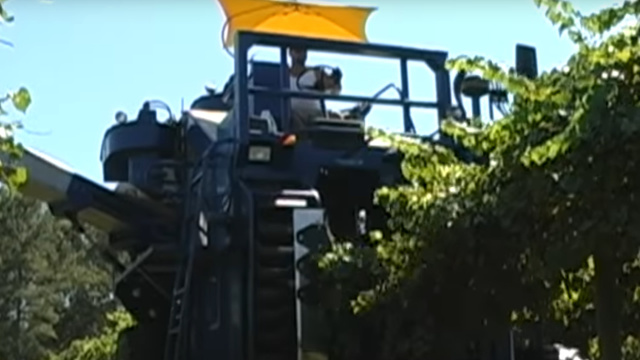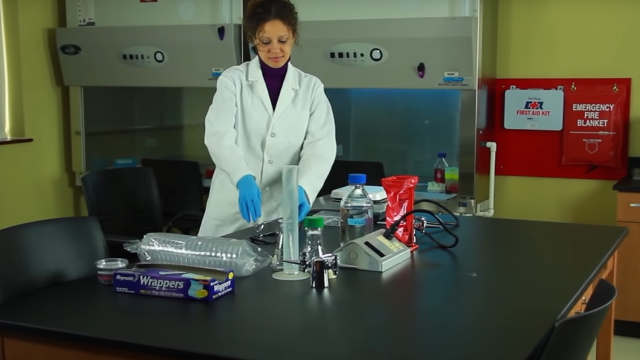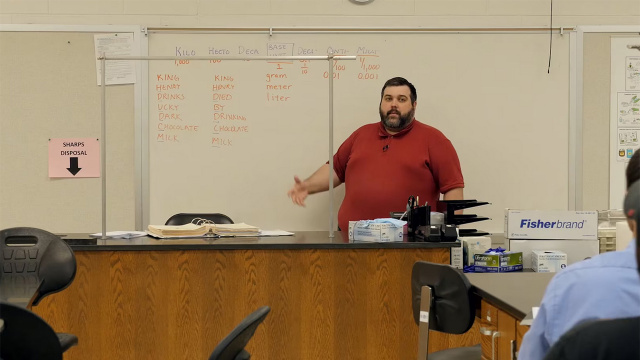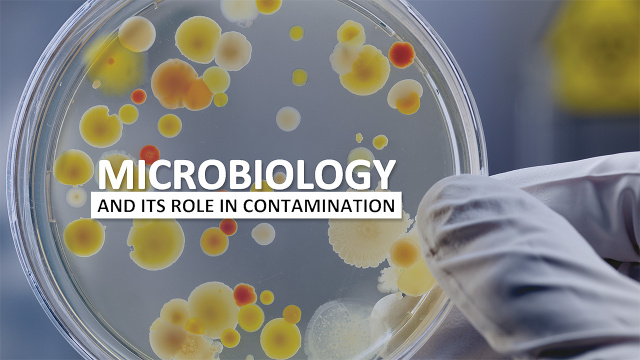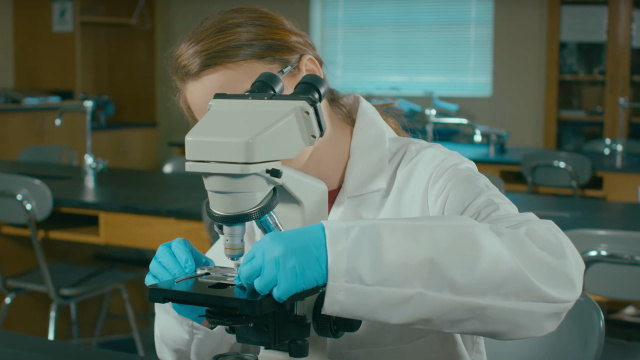Lab Safety Lesson 5: Safe Chemical Handling
It's vital that you prepare for each lab activity by determining the possible risks, donning the right PPE, and be aware of any protective measures…
Lab Safety Lesson 6: Other General Hazards
In our final video lesson, we'll cover a few other general lab hazards including: Electrical shock Burns Slips, Trips, and Falls Compressed gas…
Lake Monster
For over 50 years, immunoassays have been used by physicians, biologists, and forensic scientists to diagnose disease, detect contamination, and to…
Measuring Volume - Beakers, Cylinders, Erlenmeyer Flasks, & Volumetric Flasks
BioNetwork's Greg Smith demonstrates the typical pieces of glassware used for measuring volume in a life science laboratory.
Mechanical Grape Harvesting
Mechanical grape harvesting is the most efficient method of removing grapes from the vines. A mechanical harvester vibrates the vines. The grapes…
Media Prep
In order to grow, cells need very specific environmental conditions such as food, energy, proper temperature and humidity. When growing cells in the…
Metric Conversions
Nick Hendley, BioWork instructor at Vance-Granville Community College, explains metric prefixes and demonstrates several conversion examples.
Microbiology and Contamination Control
This module discusses the types of contamination and what are the risks associated with unchecked contamination. The microbiology of unwanted…
Micropipetting
Micropipettes are devices that are used to deliver small volumes of liquid; usually in the range of 0.5 to 1,000 microliters. Like other forms of…
Microscope for Beginners - Q&A
In this video, Jeff talks through some common issues and questions that beginners experience when learning to use a microscope. We'll discuss:…
Pagination
- First page
- Previous page
- …
- 6
- 7
- 8
- …
- Next page
- Last page
